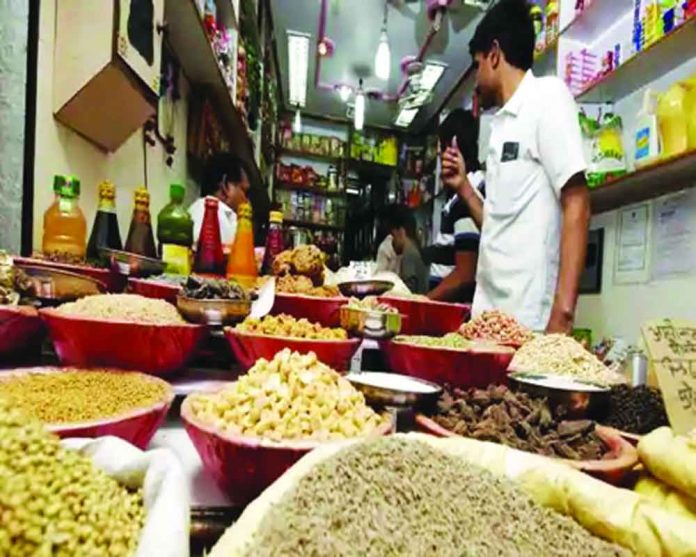In July Indian retail inflation marginally increased as food prices rose, staying firmly above the 10th consecutive month RBI median the target of 4 percent, according to a Reuter’s survey.
Food prices have soared since April because of supply-side disruptions triggered by a national lockdown that enforced a spreading of the infection of more than 2 million individuals and have killed more than 44,000 in the second most populated country in the world, accounting for almost half the inflation basket.
“Inflation in CPI is consistently higher than the Indian Reserves Bank’s 6% policy cap, which was the dominant cause of food inflation, but also contributes to high utilities and transport costs,” said ING ‘s Asia economist, Prakash Sakpal.
Due to inadequate data during the lockdown season, the government suspended the release of CPI inflation headlines for April and May.
A survey by more than 45 economists in Reuters held from 6,09% in June last month found that Indian retail inflation increased to 6,15%. The data forecasts, scheduled to be released in 1200 GMT on August 12, ranged from 5.00 to 6.55%.
After the repo rate reduction by 115 base points since February – given the recent rise of retail consumption prices – last week, the RBI kept interest rates standing still but claimed that inflation would remain within the range.
The RBI latest survey showed that the three and a year horizon of household inflation expectations were over 10 percent in July, indicating a spell of stagflation – with high inflation, high unemployment, and low demand – in Asia’s third-largest economy.
Rini Sen, an India economist at the ANZ, said: “With inflation expected to stay high with disruptions in the supply side, we believe that a decrease is more likely in December. We expect the food prices to drop as soon as rabi crop (summer harvest) reach the market from September.”
In August and September, 104 percent of the long-term average rains of monsoon that are crucial for farmed production and economic growth are expected to indicate the bumper harvest and to assist in alleviating the coronavirus pandemic’s economic harm.

